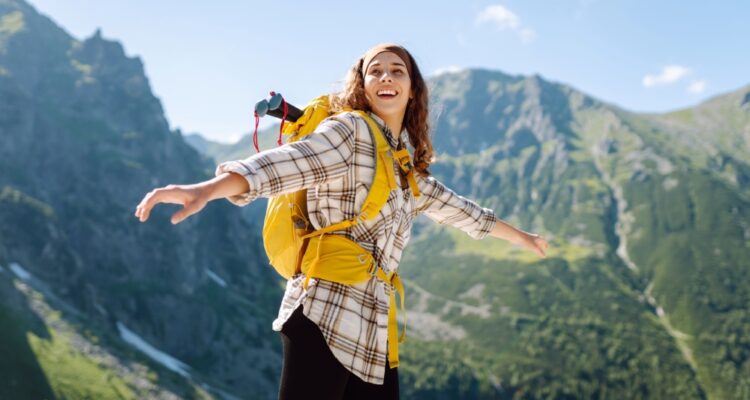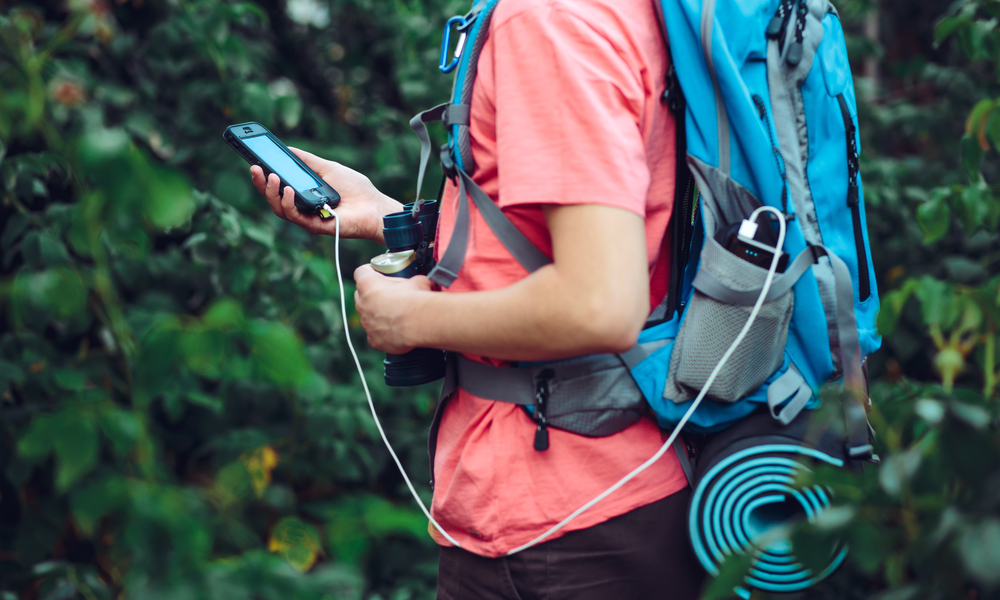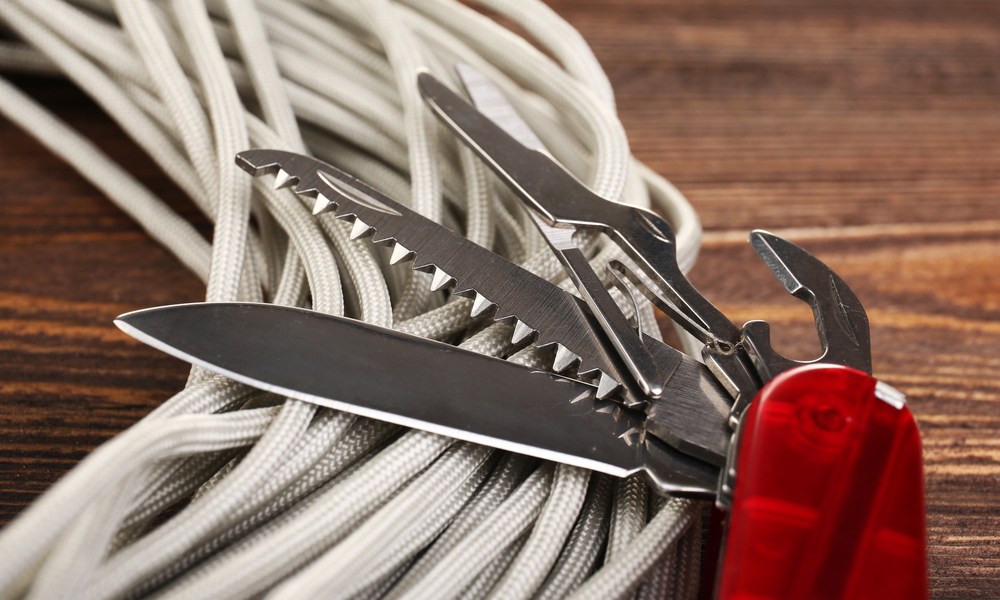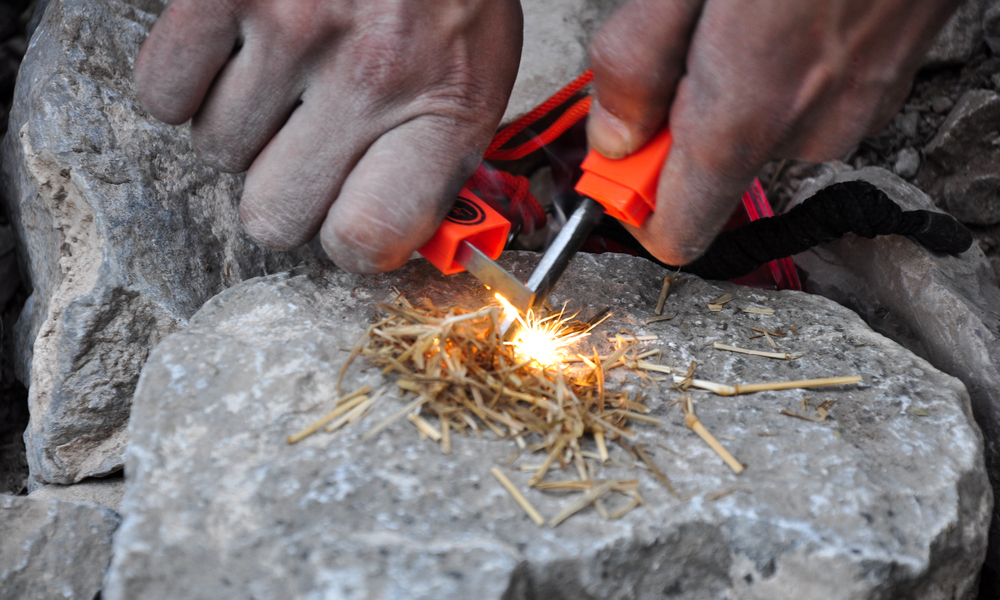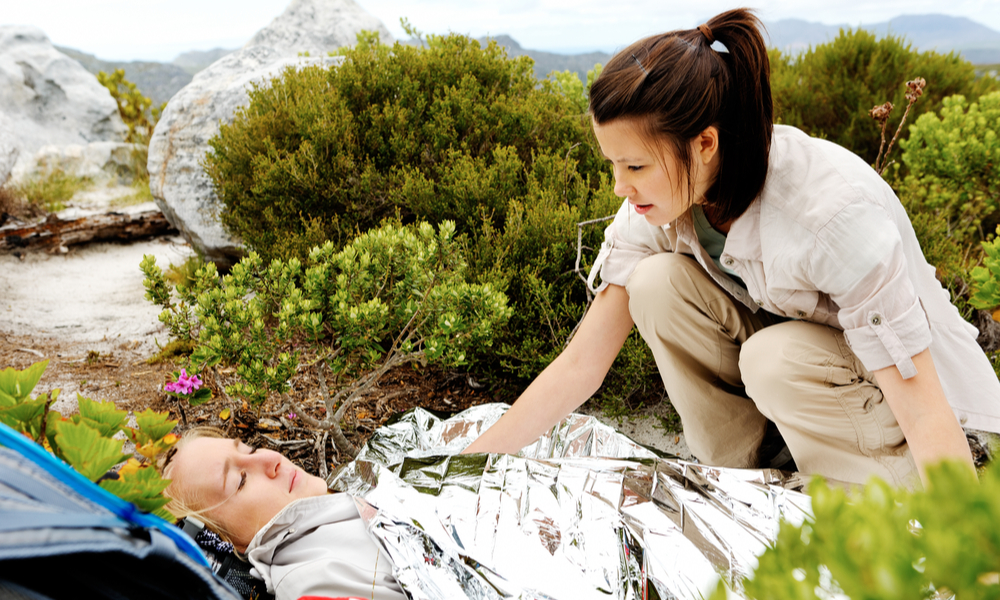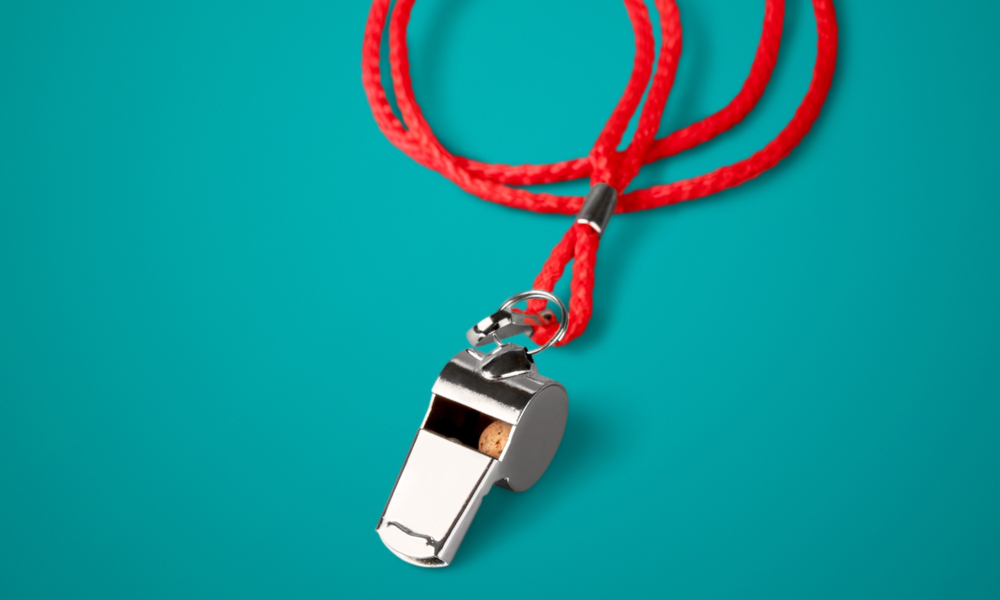Do you have what it takes to brave the elements? Yes, you’ll need resolve and personal constitution — the right stuff, so to speak. But you’ll also need the right gear to make your adventure a success. Whether you’re trekking through dense forests, scaling rocky mountains, or exploring remote landscapes, having the right gear can make all the difference between a successful journey and a challenging ordeal. After all, a well-prepared traveler is a confident traveler.
In this guide, we’re breaking what you need to pack with you to bring on any adventure. From practical items like first aid kits and water bottles to clever tools like a pocket knife and a fire starter kit, we’ve got you covered. Think of this as your go-to checklist for adventure gear that’s both practical and brings you peace of mind.
First Aid Kit
Safety first, folks! If you’re planning to rough it, be sure to bring along a basic first aid kit, which should contain a first aid manual, bandages, and plasters in various shapes and sizes. Also pack up sterile gauze dressings, safety pins, two or more sterile eye dressings, disposable sterile gloves, plastic tweezers, cleansing wipes, and tape.
Other items to consider packing include scissors; a thermometer; creams for rashes, bites, and stings; painkillers such as acetaminophen or ibuprofen; antihistamine tablets; distilled water for wounds; and eye wash. Just remember: if you’re flying to your adventure destination, you should pack any sharp items like scissors in your checked luggage so you don’t get them confiscated at security. Also, be sure any liquids are in 100ml or less bottles and stored in a clear plastic bag if you intend to have them as carry-on items.
Personal Documents and Identification
No matter where you are on your adventure, be sure to pack your passport, driver’s license, and other relevant identification. Plus, bring along any required legal documents that you need to fly — like a visa for the country you’re visiting or a permit to be in a particular area. If you’re a wise sojourner who took out a trip protection policy, you’ll be even wiser for having a printout of your travel insurance policy on your person as well. Information in written form about emergency contact details at your destination — a hotel, hostel, relative’s home — would also be good to have.
Try to keep all the documents stored in a waterproof bag in a place that’s secure but accessible, such as in a trusty pocket in your clothing or bag. You should also have photocopies of all the IDs and documents and carry them separately from the originals. Oh, and include a note about any medical conditions you have that’s easy to find if anything goes wrong.
Money and Credit Cards
No matter how keen you are to get off the grid and go wild, money makes the world go round. Even if you intend to journey miles away from civilization, you never know where you might end up during an emergency or what you might need to buy. Stow some spare cash in small bills in a money belt or your shoe and carry a credit card with you. Keeping your credit card with those aforementioned personal documents and ID might be a logical way to keep it safe.
A Phone and Charger
Remember the days before cell phones? Neither do we! Even if you’re looking to unplug, your phone is a vital tool in emergencies. If things go awry on your no-phone holiday, being able to call emergency services will be crucial. Along with your phone, be certain you’ve got a fully charged power bank or even multiple banks. A solar-powered power bank is a smart addition, as it can recharge using sunlight and is great for extended trips.
Bring all the necessary cables, plugs, and adapters to keep your devices charged throughout your journey. Being able to call for help or stay connected is crucial, so make sure your phone stays powered up. It’s also good to let your friends and family know where you’re going to be each day. And make sure to check in with them from time to time — even if it’s just for a few minutes.
A Pocket Knife
Ah, the trusty pocket knife — an adventurer’s best friend! A multi-use tool like a Swiss Army Knife or a Leatherman can be a game-changer in a pinch. With multiple blades and tools, these all-in-one devices are perfect for a range of tasks from meal prep to gear repair. Whether you need to cut rope, open a can, or perform a small repair, having a pocket knife at your disposal can make a significant difference. Just remember, for air travel, pack your knife in your checked luggage.
A Fire Starter Kit
When you’re in the wild, the ability to start a fire can be a game-changer, especially if traditional methods like matches or lighters fail. Lighters wear out and can be fickle. Matches get damp and burn out too quick. For any instance when you really need to start a fire in the wilderness, you need to carry some sort of spark-creating fire starter kit made of flint, magnesium, or rare earth components. Knowing how to start a fire under various conditions is crucial for warmth, cooking, and signaling for help.
Be sure to practice lighting fires with your kit before venturing off and finding yourself in a situation when you don’t have time to learn how it works! As with your knife and certain first aid items, fire starter kits aren’t allowed as carry-on items on planes. So if you’re flying, pack the kit with your checked luggage.
A Water Bottle
Staying hydrated is key to any adventure. A reusable water bottle should be your constant companion. For rugged environments, opt for a metal bottle with a seal lock top — it’s durable and keeps your water fresh. If you’re trekking through harsh environments, a metal bottle can handle rough use and extreme temperatures better than plastic. Drinking from a water bottle is also a great way to reduce your environmental impact by cutting down on single-use plastics.
A Solar-Powered Flashlight
As the sun sets, you’ll need a reliable source of light. A solar-powered flashlight that can cast a strong beam is a fantastic choice for any adventurer. It harnesses the power of the sun to keep you illuminated during the dark hours. For hands-free use, consider packing a solar headlamp, ideal for setting up camp or cooking at night. Both options are excellent for making sure you’re never left in the dark, literally! They’re also environmentally friendly, reducing your reliance on disposable batteries.
A Brimmed Hat
Whether it’s raindrops or sun rays beating down on your head, a simple brimmed hat goes a long way in providing you with comfort and protection. The wider the brim, the better the protection, especially against the sun. Look for one with a broad brim to cover your face, neck, and ears from harmful UV rays. It’s an easy yet effective way to stay comfortable and protected while you’re out exploring. Plus, it keeps you looking stylish and prepared for any weather that comes your way.
A Compass
Even in the age of GPS, a compass remains a vital navigation tool. It’s especially useful when technology fails or when you’re in areas with poor signal reception. Pair your compass with a physical map for accurate navigation. Choose a simple, easy-to-use compass, especially if you’re not trained in advanced navigation techniques. Knowing how to use a compass can be a lifesaver if you become disoriented. It provides reliable direction and can help you find your way back to safety.
An Emergency Blanket
In unpredictable weather or emergency situations, an emergency blanket can be a lifesaver. These lightweight, compact blankets are designed to retain body heat and protect against cold and wind. They’re made from reflective materials that can also serve as signaling devices in emergencies. Consider packing an ultralight tarp or a few large plastic trash bags as additional options for shelter. An emergency blanket can be critical if your primary shelter fails or if the weather changes suddenly.
You May Also Like: Cool Apps You Should Download Before Your Next Hiking Trip
A Whistle
When all else fails, whistle! Having a signaling whistle can help you be located when you’re in trouble. Blowing a whistle sends a clear message that can be heard for a long distance and saves your voice and energy. It’s a small but mighty tool that can make a big difference in emergencies. A whistle can also be useful in non-emergency situations. For example, it can help you communicate with others in your group if you’re separated. Or, it can be used to signal during activities like group hikes or camping.
FAQs:
Q: How do I choose the right sleeping bag?
A: Choose a sleeping bag based on the expected temperature range of your destination. Check the bag’s comfort and limit ratings to keep warm. Also, consider your height and sleeping habits — some bags offer extra space or a snug fit.
Q: Can I use a regular phone charger for my power bank?
A: Yes, you can use a regular phone charger to recharge your power bank, but make sure it’s compatible with the power bank’s input requirements. Always follow the manufacturer’s instructions for optimal charging.
Q: What should I pack if I have food allergies?
A: Bring allergy-friendly snacks and meals that you can eat safely. Pack any necessary medications and clearly label your food items. Also, consider carrying a note with emergency contact details in case of an allergic reaction.
Q: Is it necessary to bring a map if I have a GPS?
A: Yes, a map is a useful backup in case your GPS fails or loses signal. Maps don’t rely on batteries and can be invaluable for navigation in remote areas.
Q: How do I clean and maintain my multi-tool?
A: Regularly clean your multi-tool with mild soap and water, and dry it thoroughly. Apply a small amount of lubricating oil to the joints to keep it functioning smoothly. Store it in a dry place to prevent rust.
Q: How should I pack my first aid kit for a trip abroad?
A: Pack your first aid kit in a waterproof bag or container. Include essential items tailored to your destination and health needs. Make sure it complies with travel regulations, and keep it easily accessible for quick use.
Do you geek out over the best camping gear? Please share your recommendations in the comments section.

